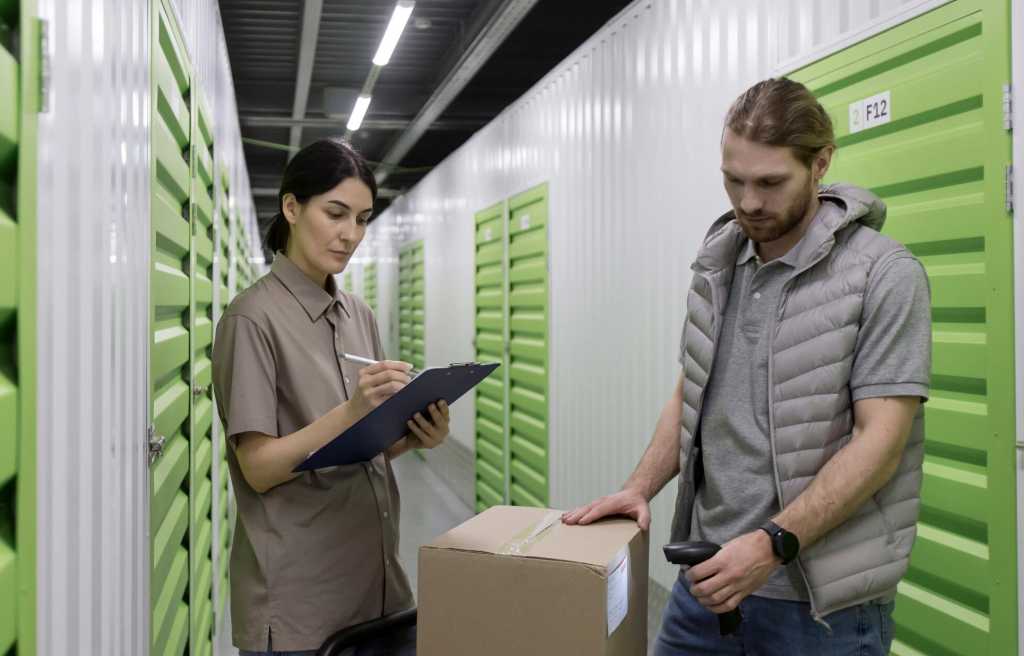
The packaging of your products is an essential part of your branding and can make or break your sales. It needs to be attractive and successfully captivate customers’ attention.
It also needs to be durable and withstand the rigors of transportation and storage. It should pass the “child test” and be easy to use.
Durability
Your product packaging has many responsibilities, including protecting the contents and conveying your brand message. Suitable packaging and design solutions for your products can make all the difference. Choosing the suitable material ensures that your products will make it from the production facility to the customer without any damage.
The durability of your packaging should also consider the setting it will be shipped in. For example, fragile products need sturdy packaging that can protect them from environmental hazards. Delicate items like glassware may require a protective sleeve or an insulated styrofoam container.
Plastic is an excellent choice for packaging because it is lightweight, inexpensive, and durable. It can withstand drops and slight trauma, protecting the contents from moisture and odors.
Security
Suitable packaging materials are essential for keeping your product secure during transit. This includes shipping routes, how they are handled in warehouses and distribution centers, and even how they will be stored in retail stores or consumers’ homes. The sturdiness of your packaging can help to prevent tampering during this process, so you should choose materials that are resistant to degradation and can resist damage from impact.
The suitable packaging and design solutions can also make storing and handling their products easier for your customers. This will give them a positive experience with your brand and product, reinforcing the value of your brand in their minds. Additionally, many film options are lightweight and offer a high printing yield to keep your cost down from a freight and shipping standpoint.
Recyclability
If you have a company with sustainable values, it’s essential that your product packaging is recyclable. This can help reduce damage, returns, and other issues during shipping while helping you reach your sustainability goals.
Paper-based materials like corrugated cardboard are popular, easy to customize, and easily recyclable. They’re also renewable and frequently reusable, essential for eco-conscious consumers and companies.
Plastic can be a good choice for some products, but it’s challenging to recycle, and many plastic types end up in the ocean. It would help if you considered sourcing more environmentally-friendly materials like stone paper. This will help you keep up with the expectations of your customers, who are increasingly more conscious about environmental issues. This will help you stay competitive and build stronger customer relationships.
Appearance
The product packaging materials you choose can be necessary for your branding and overall marketing strategy. Whether you’re an e-commerce company that ships nationwide or a retail brand with stores, your products must arrive looking just as good on store shelves and during shipments as they did coming off of your production line.
The appearance of your packaging can make or break a customer experience, especially during the unboxing process. While intricate designs can successfully draw attention, consumers will typically favor simplistically designed packages that evoke themes of delicacy and softness.
Many glass shapes can give your products a prestigious look, including round economy jars used for mayonnaise and sauces; jars that work well with olives; hex and jars for honey; and more. Varnish and embossing can also dramatically enhance your package’s appearance.
Cost
Choosing packaging materials that keep your customer top of mind, controls your product safe during shipping, and is within your budget is vital for the longevity of your business.
Shopping around with different suppliers is essential to ensure you get the best packaging pricing. Bulky and insulated packaging materials cost more than traditional boxes or jars.
Packaging has several roles, from protecting products from point A (the manufacturing plant) to point B (the ultimate consumer). It also acts as free advertising and extends the company’s values and branding techniques. And lastly, it helps protect the environment. Using eco-friendly packaging is a great way to show your customers you care. In addition, it saves on the costs of shipping and disposal.
